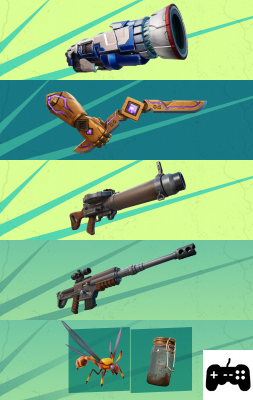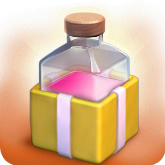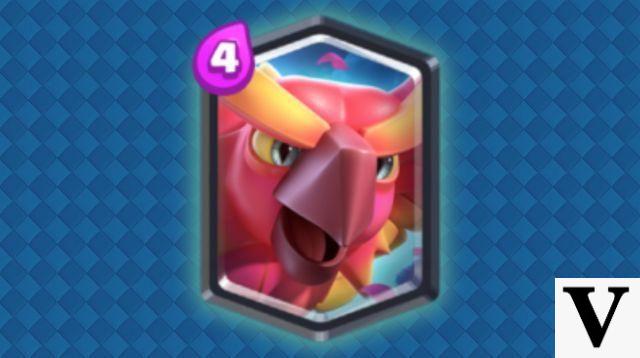
Welcome to Clash of Gaming, where we bring you all the information about your favorite games. In this article, we are going to explore multiplayer in Minecraft: Education Edition, the capacity of worlds in Minecraft Bedrock, the number of people that can be on a Minecraft server, how to manage a collaborative world in Minecraft, how many players can play in a world of Minecraft and how to teach and learn playing with Minecraft in the educational field.
Multiplayer mode in Minecraft: Education Edition
Minecraft: Education Edition is a special version of the popular building and adventure game that is specifically designed for use in educational settings. One of the most outstanding features of this edition is its multiplayer mode, which allows students to collaborate and work together in the creation of virtual worlds.
Multiplayer in Minecraft: Education Edition offers students the opportunity to learn and work as a team, fostering skills like communication, problem solving, and creativity. Teachers can also participate in the game, supervising and guiding students in their learning.
Capacity of the worlds in Minecraft Bedrock
Minecraft Bedrock is the version of Minecraft that is available on various platforms such as PC, consoles, and mobile devices. One of the most common questions about Minecraft Bedrock is what is the capacity of the worlds in this version.
In Minecraft Bedrock, the worlds can be huge, with a maximum size of 60 million square blocks. This means there is plenty of room for players to explore, build and create their own virtual worlds. In addition, the worlds in Minecraft Bedrock are infinite in terms of height, allowing players to build impressive structures in the sky or in the depths of the ocean.
Number of people on a Minecraft server
If you are interested in playing on a Minecraft server, it is important to know how many people can be on a server at the same time. The capacity of a Minecraft server can vary depending on several factors, such as the capacity of the server and the configuration of the server.
In general, most Minecraft servers can support between 20 and 100 players simultaneously. However, some larger servers can host up to thousands of players at the same time. It is important to note that the capacity of a server can affect the performance of the game, so it is advisable to choose a server that meets your needs and preferences.
Managing a collaborative world in Minecraft
Managing a collaborative world in Minecraft can be a challenging task, but with the right tools and good planning, it can be a rewarding experience for everyone involved. Here are some tips for managing a collaborative world in Minecraft:
1. Establish rules and regulations
It is important to establish clear rules and regulations from the beginning to ensure a safe and respectful gaming environment. This can include rules about respecting each other, protecting other players' buildings, and resolving conflicts peacefully.
2. Encourage communication
Communication is key in a collaborative world in Minecraft. Encourage communication between players, either through in-game chat or other external communication tools. This will help players coordinate, share ideas, and solve problems together.
3. Assign roles and responsibilities
Assigning roles and responsibilities to players can help maintain order and organization in the collaborative world. For example, you can designate a player as a construction leader, in charge of overseeing and directing construction projects.
4. Foster collaboration
The main goal of a collaborative world in Minecraft is to encourage collaboration between players. It encourages players to work together on common projects, share resources, and help each other create their builds.
Teaching and learning by playing with Minecraft in the educational field
Minecraft has proven to be a powerful educational tool that can be used to teach and learn in an educational setting. Here are some ways Minecraft can be used as an educational tool:
1. Creativity and construction
Minecraft encourages creativity and construction, which can be used to teach concepts of architecture, urban design, and spatial planning. Students can build replicas of famous buildings, create virtual cities, and explore different architectural styles.
2. Troubleshooting
The game itself features challenges and problems that players need to solve in order to progress. This can be used to teach problem solving skills, critical thinking, and decision making. Students can take on challenges in the game and work together to find solutions.
3. Collaboration and teamwork
Multiplayer in Minecraft allows students to collaborate and work as a team, fostering communication, collaboration, and teamwork skills. Students can work together on construction projects, solve puzzles, and explore the virtual world together.
4. Exploration and self-directed learning
Minecraft offers a vast and open virtual world for students to explore and learn in a self-directed way. Students can investigate different biomes, learn about history and geography, and discover new concepts for themselves.
Frequently Asked Questions (FAQs)
1. Can I play multiplayer in Minecraft: Education Edition?
Yes, Minecraft: Education Edition features a multiplayer mode that allows students to collaborate and work together to create virtual worlds. Teachers can also participate in the game, supervising and guiding students in their learning.
2. How many players can play in a Minecraft Bedrock world?
In a Minecraft Bedrock world, you can have up to 60 million square blocks to explore, build, and craft. Regarding the number of players, the capacity of a Minecraft server can vary, but most servers can support between 20 and 100 players simultaneously.
Conclusion
In summary, Minecraft: Education Edition offers a multiplayer mode that encourages collaboration and team learning. Minecraft Bedrock has huge worlds and capacity for many players. The capacity of a Minecraft server can vary, but most can support between 20 and 100 players. Managing a collaborative world in Minecraft requires clear rules, communication, assigned roles, and fostering collaboration. Minecraft can also be used as an educational tool to teach and learn in education, encouraging creativity, problem solving, collaboration, and self-directed learning.
We hope this article has been useful and has provided you with the information you were looking for. If you have any other questions or comments, feel free to leave them below. We would love to hear your opinion!
Until next time!
The Clash of Gaming team

























